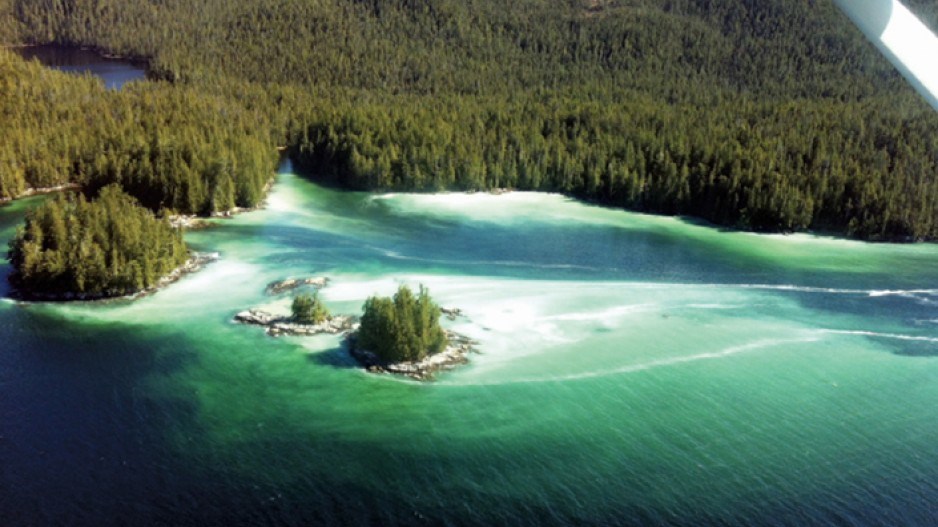When Kim Olsen began his fishing career off the West Coast in the mid-1980s, there was one rule for the March-to-April herring roe season: collect as much as you could before the fishery hit its total allowable catch.
But the president of the United Fishermen and Allied Workers Union said there hasn’t been a good herring season since the early 2000s. An industry that supported 1,200 fishermen in the mid-1980s is expected to draw only about 250 this season.
Out of B.C.’s five herring roe fisheries – the most lucrative in the industry – the ones in Haida Gwaii, Central Coast and Vancouver Island’s west coast have been closed to commercial harvest for anywhere between six and 10 years. In 2014, fishermen are again relying solely on the herring fisheries in the areas surrounding the Georgia Strait and Prince Rupert.
Furthermore, Ottawa’s fisheries minister, Gail Shea, came under fire from First Nations groups last month when court documents revealed she ignored advice from Fisheries and Oceans Canada (DFO) scientists who recommended three roe fisheries remain closed to commercial fishing.
A federal judge sided with the Nuu-chah-nulth First Nations in February, and an injunction against opening the fishery off Vancouver Island’s west coast remains in place.
The Herring Advisory Board is not expected to make a decision on the Haida Gwaii and Central Coast roe fisheries until the end of March, and Olsen is urging union members not to fish in those areas for now.
“It’s devastating to the guys that didn’t get to fish on the [Georgia Strait],” he said.
With only the Georgia Strait and Prince Rupert areas guaranteed to be open this season, Olsen is concerned the industry will continue its downward trajectory.
At its peak in the early 1960s, B.C.’s herring industry brought in 250,000 tonnes of product annually before collapsing later that decade, according to DFO records.
By 2012, a B.C. Ministry of Agriculture report showed 13,200 tonnes of herring were harvested off the West Coast.
The landed value was $8.1 million. The wholesale value was $38.3 million, with exports accounting for $33.9 million of that.
About two-thirds of the herring caught in 2012 was roe destined for Japan. Food-and-bait herring accounted for virtually all the rest.
However, a DFO report published earlier this year showed B.C. herring exports were cut in half from $58 million in 2009 to $29 million in 2011.
BC Seafood Alliance executive director Christina Burridge said the herring industry’s unpredictability results in part from the lucrative roe market being entirely dependent on Japan.
“We have seen on the west coast of North America a lot of fluctuation in the supply and demand.”
Burridge added the industry is making more efforts to expand by offering roe products, some of which are infused with flavours like soy sauce, to markets in mainland China, Hong Kong and Taiwan. But she admitted it’s tough gaining traction anywhere not named Japan.
“With essentially a single market, the challenge is to get that [supply-and-demand] balance right.” •




